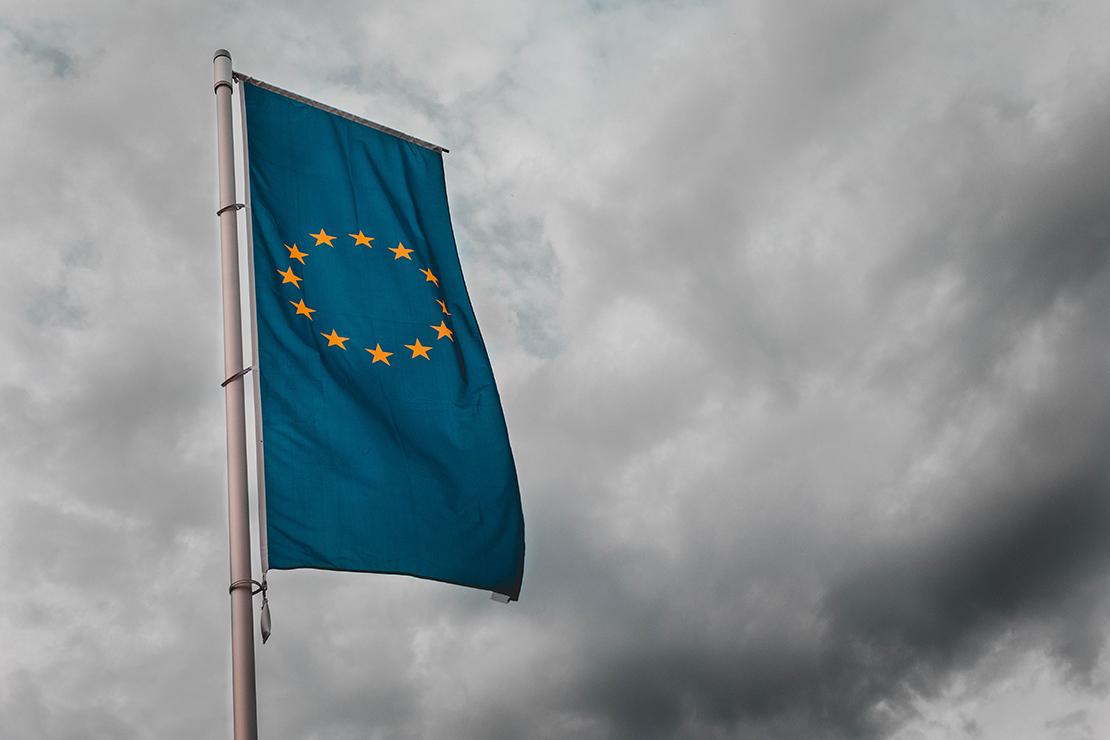The visa business: A report on the cost of visas for Kosovars in the period 2010-2012
May 6, 2013
The “Schengen Agreement” designed to eliminate internal border control was signed by seven EU members states and begun its implementation in 1995. Today, the “Schengen” area comprises all EU member states, except for Bulgaria, Romania, Cyprus, United Kingdom and Ireland. Norway, Switzerland, Island and Liechtenstein are not EU member states, but are part of the “Schengen” agreement. The creation of “Schengen” area led to the concept of external border of the EU, which implied a joint visa policy for countries out of this area. Through, secondary legislation,the EU has defined countries whose citizens need to be equipped with “Schengen” visa, in order to travel within the ‘Schengen” area. In 2011, 26 “Schengen” area states issued around 12.6 million visas for citizens out of the “Schengen” area.To date, all Western Balkan states (beside Kosovo), have signed agreements with the EU, which enables their citizens traveling to the “Schengen” area without visas. In the case of Western Balkans states, this agreement is often referred to as the visa liberalization agreement. Kosovo begun the dialogue on visa liberalization with the European Commission in January 2012 and received the visa liberalization road map in June 2012. This analysis of the Group for Legal and Political Studies (GLPS) and GAP Institute provides insights on the cost that Kosovo citizens face when applying to obtain a “Schengen” visa.
The visa business: A report on the cost of visas for Kosovars in the period 2010-2012

 Download PDF
06/05/2013
Download PDF
06/05/2013Share article
Latest Publications
April 8, 2024
Policy Analysis
Reflecting on the Third Year of Kurti II: Setbacks and Achievements in Rule of Law, Public Administr ...
March 22, 2024
Policy Analysis
Lost, “in the Twilight Zone” Rebutting the Court’s Blunder
March 7, 2024
Policy Analysis
Unfair Treatment? The EU’s facilitator role over the Kosovar or Serbian contempt of the Dialogue
Related Espresso Insights
March 4, 2024
Espresso.Insights
Passport Hangover: What’s next after Spain’s Kosovo breakthrough?

January 16, 2023
Espresso.Insights
Recognized but not supported: Hungary's stance on Kosovo's EU bid




